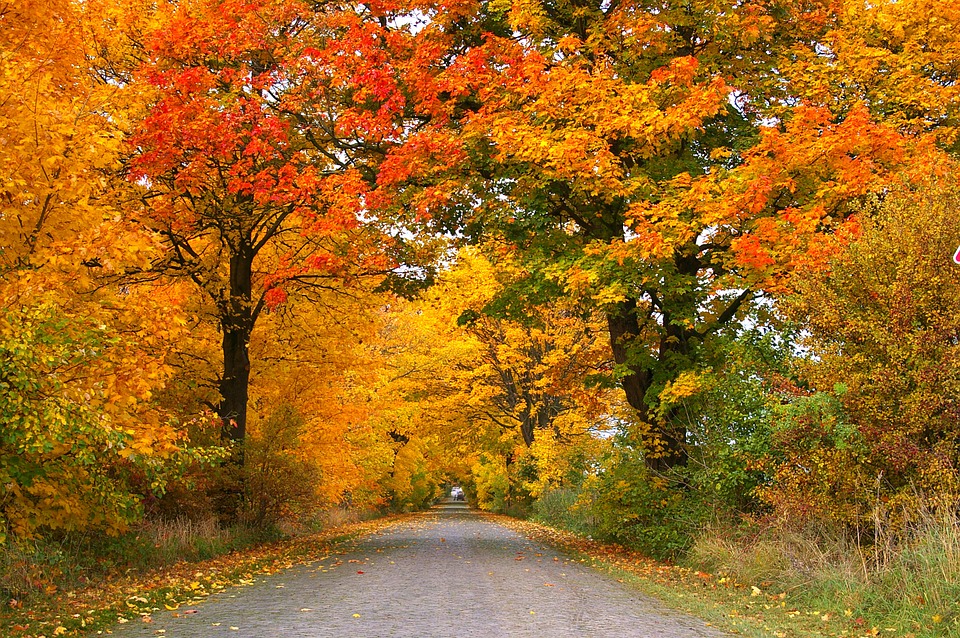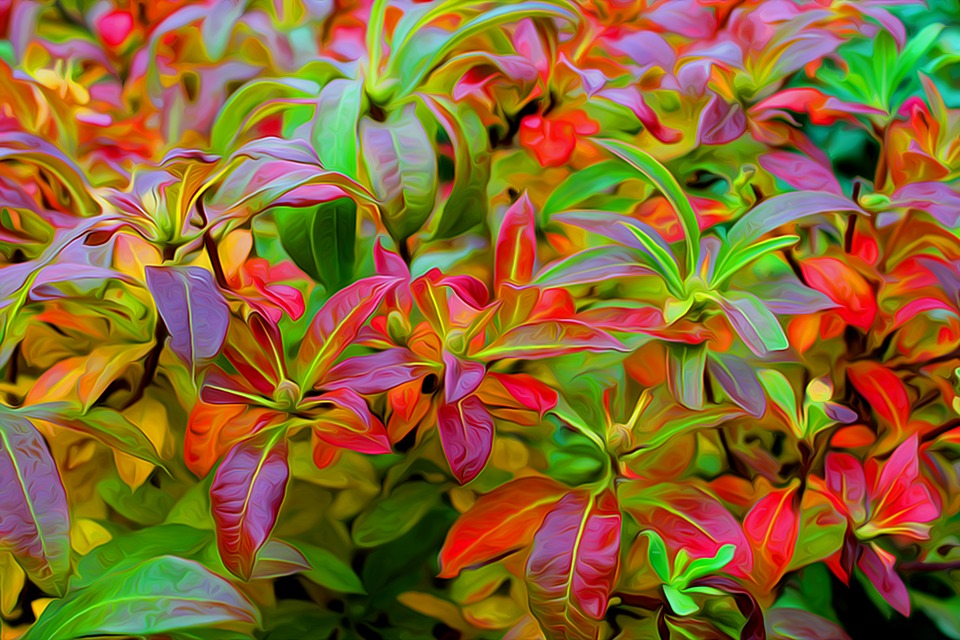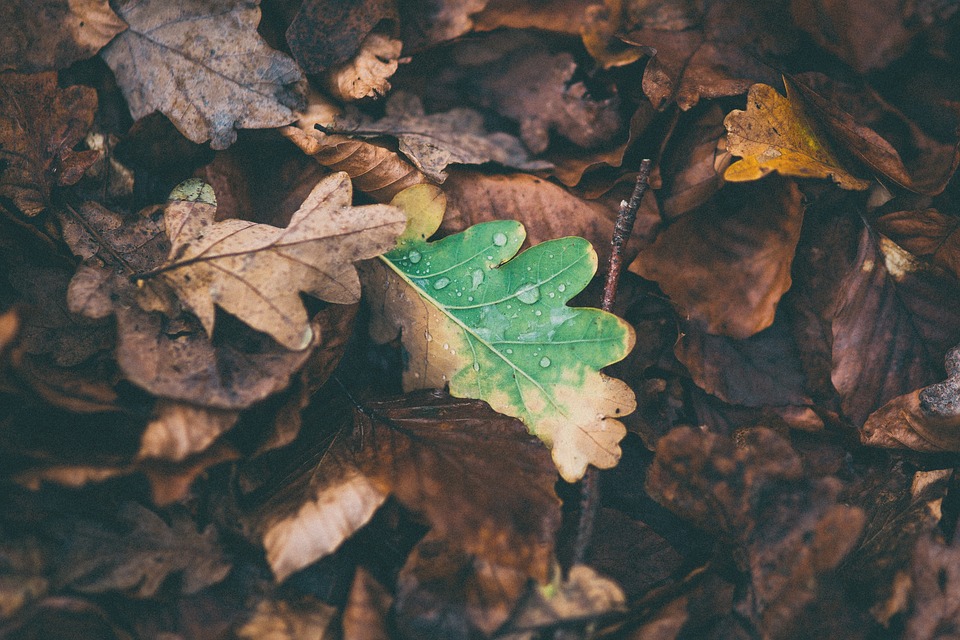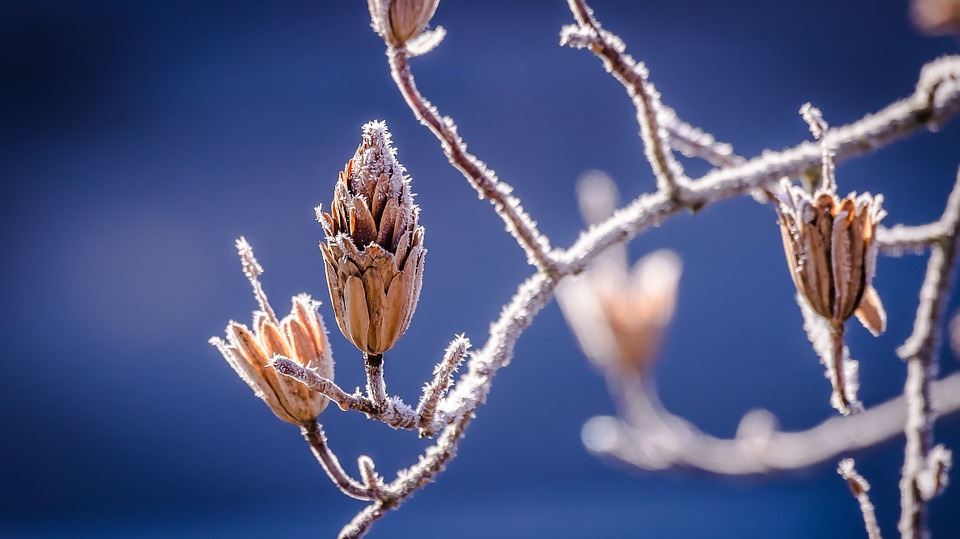Autumn Leaves
When we think about Autumn we think of cosy scarves, Open fires & delicious Pies.
Have you ever thought about the true meaning of Autumn, why the leaves fall and the changing of colours.

Autumn marks the transition from summer to winter, in September, when the duration of daylight becomes noticeably shorter and the temperature cools considerably. One of its main features in temperate climates is the shedding of leaves from deciduous trees.
Why the leaves change colour

Every Autumn we revel in the beauty of the autumnal colours. The mixture of red, purple, orange and yellow is the result of chemical processes that take place in the tree as the seasons change from summer to winter. During the spring and summer the leaves have served as factories where most of the foods necessary for the tree’s growth are manufactured. This food-making process takes place in the leaf in numerous cells containing chlorophyll, which gives the leaf its green colour.
Days Get Shorter

The days get shorter in the fall because as winter approaches, less and less of the northern hemisphere is tilted towards the sun, and so the earth sees a little less sun each day.
Autumn & Fall

Autumn is the season after summer, when the leaves fall from the trees. It is the third season of the year, coming after summer and before winter.
With the dropping of leaves from the trees as they go into a winter rest, which is why many people call it Fall.Winter is Coming

When trees lose leaves, they are essentially preparing for hibernation. Winter is a cold and difficult time for many organisms, including trees. The ground gets colder and harder in autumn & the water supplies can be restricted to the trees. In winter the ground will be even harder and colder, so the trees must begin preparations early.
See our latest vacancies here and follow us on our social media by clicking the icons below.
Back to blog listings

